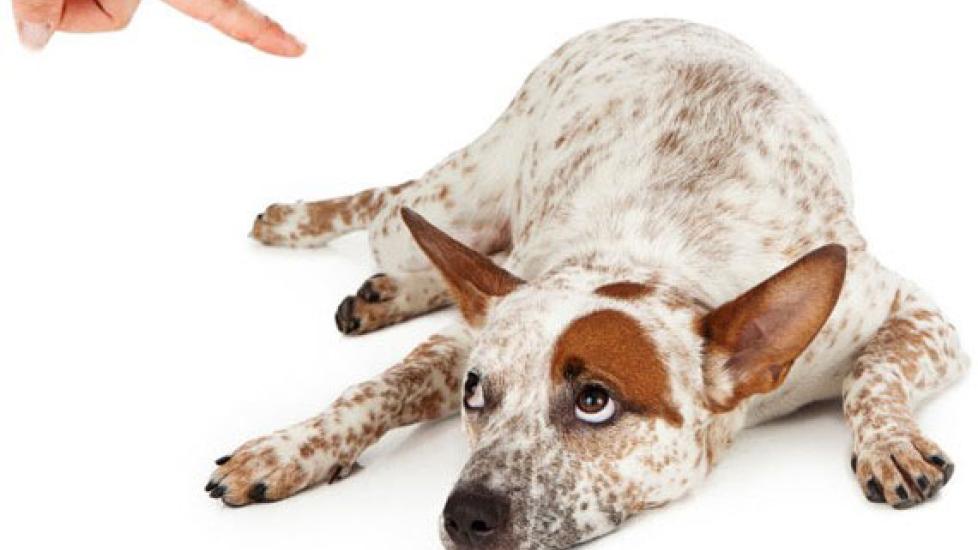The Right Way to Punish Your Dog
Are you familiar with the term "negative punishment"? Both words have such poor connotations that it’s hard to believe we should all be striving to use more negative punishment when it comes to training dogs and cats, but that is exactly the case.
First let’s take a look at the opposing form of discipline — positive punishment or the administration of an unpleasant stimulus in response to bad behavior. Here is a classic example of positive punishment:
Hercules is a 2 ½ month old puppy who likes to play rough. His teeth are needle-sharp, and when he gets overly excited he tends to playbite hard enough to break the skin. His owners have tried to stop the behavior by yelling at him and even swatting him on the butt with a rolled up newspaper but it only seems to rile him up more. Now he will sometimes growl at them when they try to correct his playbiting.
The problem with positive punishment is that has to be delivered in exactly the right way for it to be effective, which frankly, most of us cannot do on a regular basis. To work, positive punishment needs to be unpleasant enough to stop the behavior but not so unpleasant that it invokes fear, pain, or aggression. Positive punishment should also never be used when an animal is reacting out of fear. Given the fact that when frustrated, we tend to react without thinking things through, it’s not too surprising that the chances of our using positive punishment correctly are slim.
On the other hand, negative punishment involves removing something of value as a consequence of bad behavior. An example of negative punishment in Hercules’s example would be for his owners to walk away and ignore him when he playbites. By doing so, they have taken a much desired resource (attention) away from him. With consistency, Hercules will soon figure out that whenever he bites playtime stops. Animals are quite good at making correlations. Once the bite-no-play connection is made in Hercules’s mind, he’ll stop the former to continue the latter.
One of the reasons we should all be relying primarily on negative rather than positive punishment is that when we make a mistake, for example Hercules’s owner thinks he’s about to playbite but he actually picks up the ball that she didn’t notice was lying next to her hand, the consequences aren’t nearly as dire. There’s no taking back the yell or swat once you realize you were wrong, but with negative punishment, you can always apologize and give back what you’ve taken away.
I want to end this discussion on how to punish bad behavior with a reminder that praising good behavior is just as, if not even more, important. Our companion animals crave attention. In their minds, interacting with you even when you’re angry is better than being ignored. Next time you catch your dog or cat being good, make sure he knows how happy he has made you and watch that behavior take hold.

Dr. Jennifer Coates
Image: Thinkstock
